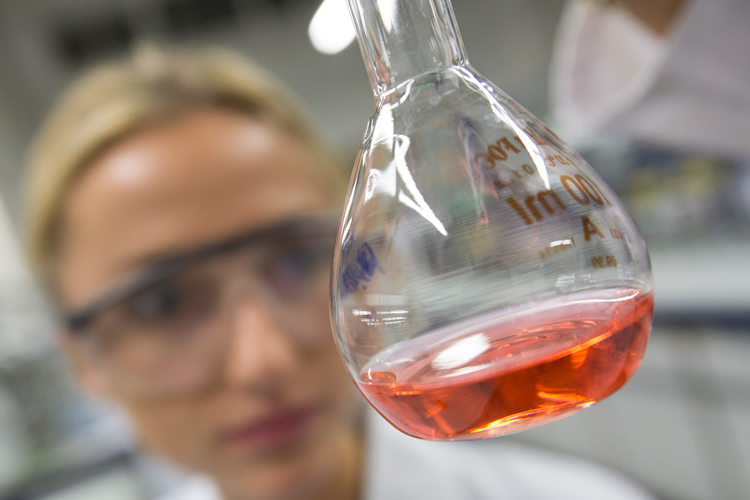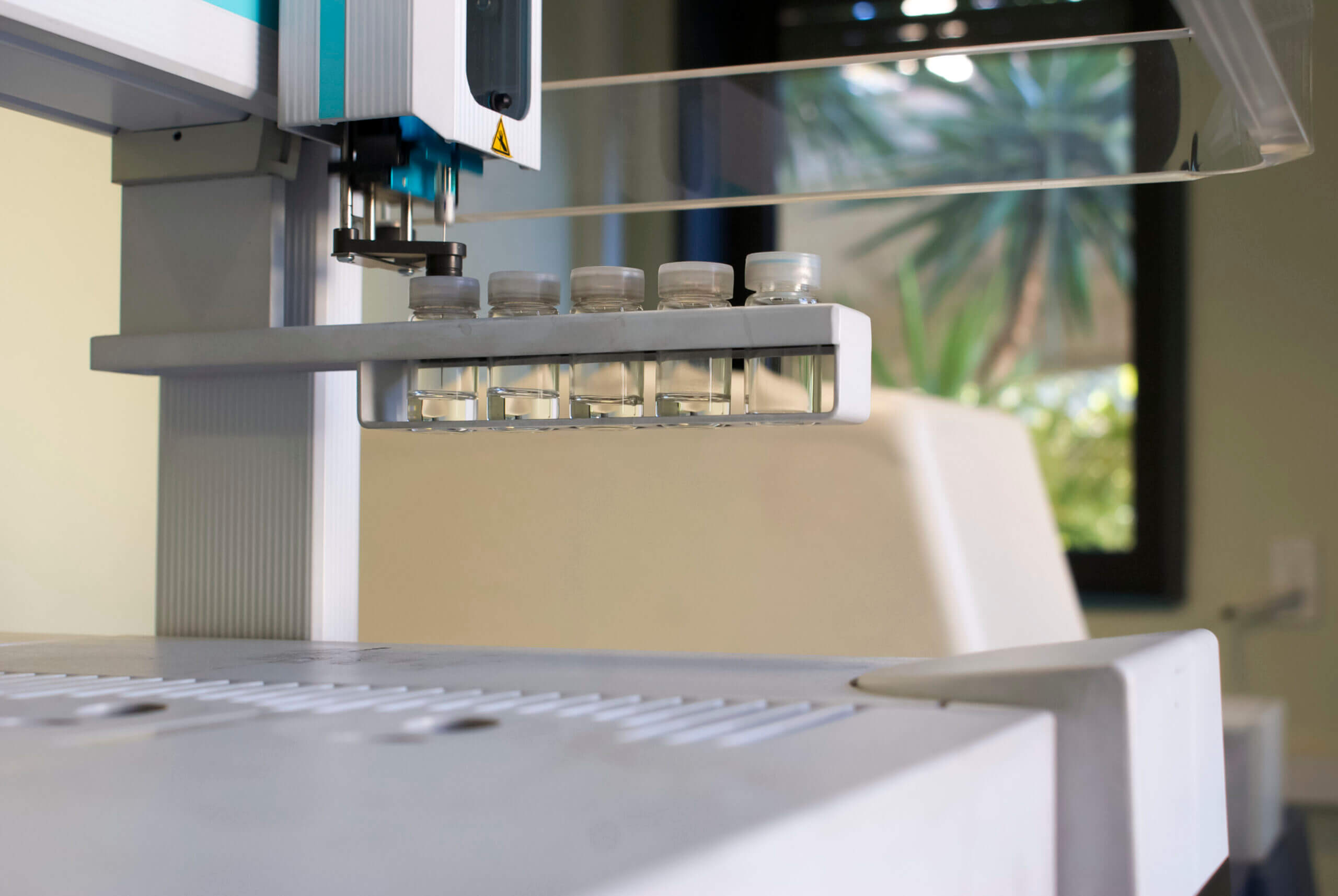At IQS Tech Transfer we are comitted to the pharmaceutical sector and its concern for the creation and presence of nitrosamines in drugs. For this reason, we expanded our services including the analysis of nitrites and nitrates.

In July 2018, public health authorities became aware of the presence of the N-nitrosodimethylamine (NDMA) impurity in Valsartan batches for the first time. In the following months, other nitrosamines in drugs were detected from the same family (sartans), such as Ibersartan or Losartan, and in other drugs such as pioglitazone, ranitidine, and metformin.
N-nitrosoamines are organic compounds with a chemical structure of R1R2N-N=O which are of concern due to their genotoxic, carcinogenic, and mutagenic nature. Nitrosamines originate from the reaction of an amine with nitrites in an acid medium. High temperatures facilitate their formation.
Studies carried out by public health authorities conclude that the main causes that produce the presence of nitrosamines in drugs are related to the use of sodium nitrite or another nitrosating agent in the presence of a secondary or tertiary amine. This can come from both a reaction intermediate and the active principle itself. Other possible sources of amine include the use of solvents, reagents, and catalysts that can be degraded to secondary or tertiary amines. Similarly, nitrosamines, nitrites, or amines can be transferred by possible contamination from external sources such as solvents and recovered or recycled materials.
In September 2019, public health authorities initiated a procedure requesting laboratories to adopt measures to prevent the presence of nitrosamines in medicinal products for human use, including metformin, and to inform the authorities of any finding of these impurities in their drugs immediately. This procedure, known as an arbitration procedure under Article 5(3), is currently ongoing.
Within the context of this procedure, and as a precautionary measure, marketing authorisation holders were asked to carry out a risk analysis of their manufacturing processes in terms of the identification and prevention of the risk of nitrosamine formation and/or possible cross-contamination with these impurities. With regard to identifying risk factors, confirmatory analyses should be performed.
Therefore, the scope of study goes beyond the analysis of nitrosamines in certain active ingredients or finished products. There is a need to evaluate the presence of these impurities in excipients (including water), primary packaging materials, facilities, production processes, etc.
Determination of nitrosamines and nitrites
IQS Tech Transfer continues to uphold our commitment to the pharmaceutical sector and our concern for the formation and presence of nitrosamines in drugs. We are expanding our services to include the analysis of nitrites and nitrates as they are precursors to the formation of nitrosamines.
Currently, our teams of experts actively collaborate in risk analysis reviews, work on production process evaluations, and provide the analytical support required for confirmatory tests.
We have acquired extensive experience in carrying out risk analysis to evaluate the formation of nitrosamines in synthesis and industrial production processes of active ingredients and finished products.
We are also actively working on the development and application of chromatographic methods for the determination of different nitrosamines at the trace level in multiple products. The analyses are performed with ultra-performance liquid chromatography (UPLC) with a triple quadrupole mass spectrometer detector with an APCI probe.
For the analysis of nitrites and nitrates, IQS has extensive experience in the pharmaceutical, cosmetic, environmental, and food sectors. This type of study has been carried out so far by ion chromatography or selective electrodes. However, the option of determining nitrites and nitrates by molecular absorption spectrophotometry under a GMP environment is also currently available.











